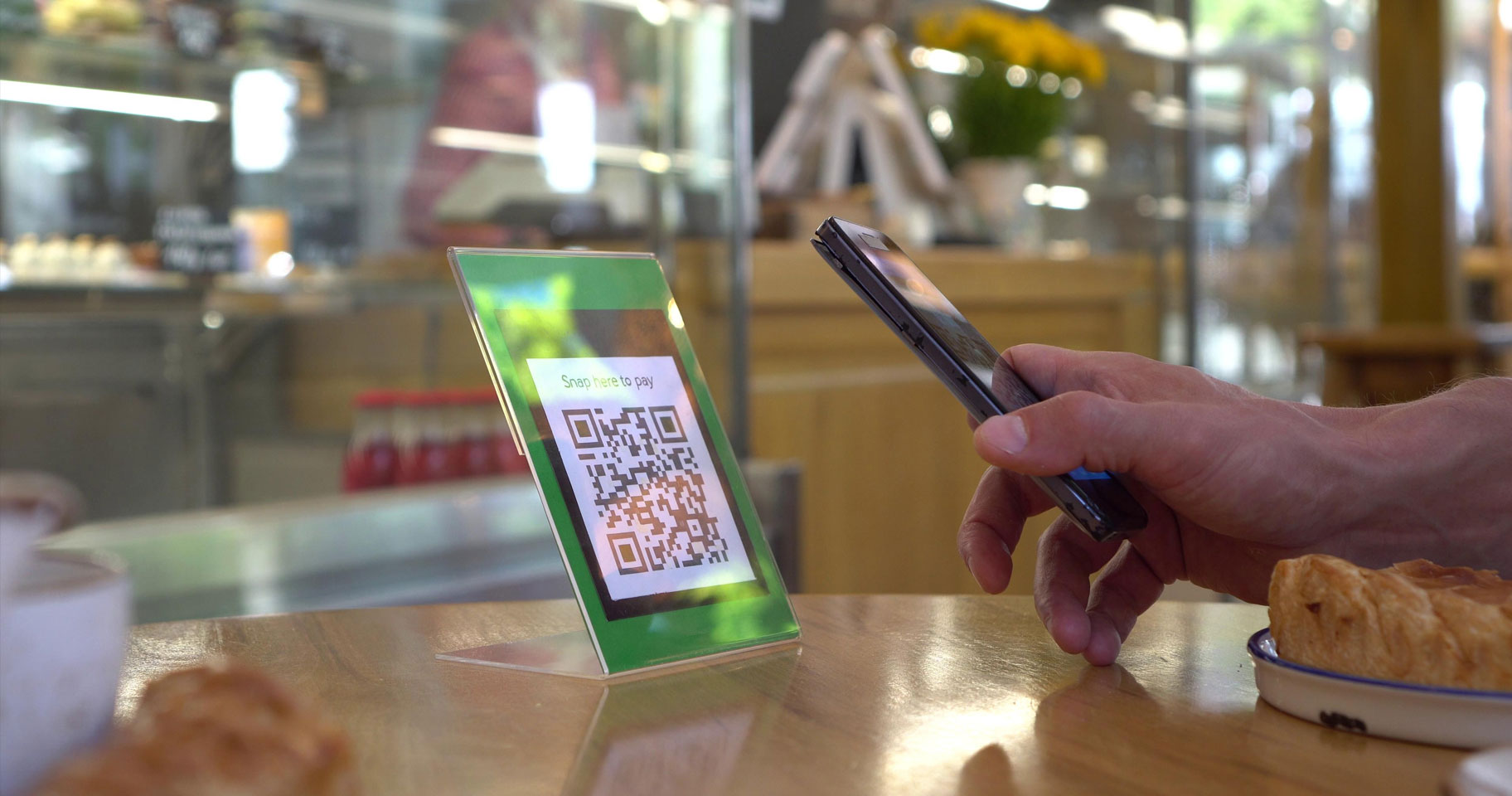According to a recent report by Accenture, by rethinking their business models and embracing the innovative strategies of digital-only banking and financial services new entrants, banks could boost revenues by nearly 4% annually.
Future of Banking Business Models | Accenture
FinTech and banks are in a race for such innovations, and with the emergence of new technologies, traditional banking has to adapt to current trends. Fintech companies and startups are some of the biggest trendsetters in terms of innovation, but those banks that are quick to adapt will join the race.
Today’s customers expect innovative digital banking that is available across channels and tailored to their immediate needs. Their demand is for banking services that are convenient for use, such as contactless payment, streaming services, and shopping, all of which are part of their daily routine. On the other hand, it won’t be in the banks’ nature to change overnight. By carefully planning for overall digitalization, those banks that embrace the new opportunities will get the highest payoff. Subsequently, this will lead to general changes of the business models across the financial services sector.
As we move into 2022, and beyond we see five core tech trends driving that change.
1. PSD2, or Open Banking or The New Renaissance of Digital Payments
Almost four years after the introduction of the EU’s Second Payment Services Directive (PSD2), the potential of Open Banking has still not been executed within the industry. Regulations such as PSD2 support the creation of a single payment market, allowing greater levels of innovation and the cross-pollination of ideas.
All consumers data that is shared between FIs can develop new products and services that ultimately will improve our daily lives. In the end, all players are looking for simple solutions that save time and costs whilst increasing efficiencies. These are the checkpoints that Open Banking seeks to address.
At the center of this is the issue of banks opening their APIs to other companies, mainly ‘Third-Party Payment Services Providers’ (TPPs). Future applications could include AI-enabled ‘predictive banking’ that anticipates customer demand ahead of time, and intelligent, personalized Direct Debits that consider customer behaviour.
Build your next PSD2 based solution with us – learn more.
[
 ]
]
2. Increased demand for cryptocurrency management
Maybe 2022 will be the year that cryptocurrencies go from a niche financial investment to something even the most conservative and well-established fintechs and banks can no longer ignore.
2021 saw the first steps being taken in this direction: Mastercard announced that any bank or merchant on its network will soon be able to integrate crypto services into their products, while PayPal now allows its customers to use crypto as a form of online payment. Global Banking and Finance
Banks neglect the fact that cryptocurrency is intended to serve as a usable alternative to traditional currencies and not just as a niche investment. 2022 could be the year in which innovative crypto and digital asset solutions will become widespread. Once you can pay for a sandwich using your crypto wallet provider, why not do it through your bank account? If not this year then very soon. A future in which anyone can make a payment in any currency, at any time and in any location is getting closer.
3. Instant payments
In 2022 instant payments will become more widespread across Europe. Companies such as Revolut, Curves, Monese etc, have already set the trend of easy and instant money transfers. While instant payments are widely used across the continent, many industry representatives are still far from realizing the full potential of this payment method.
Real-time payments are far more than just a trend, but in today’s world they are a necessity. Hopefully, the implementation of ISO 20022, the open banking directive (PSD2), the regulatory drive and business demand will speed up the implementation of payment services, such as request to pay (R2P), variable recurring payments (VRP), and account to account (A2A ) payments, in most of the traditional banks in 2022.
4. The end of the legacy core banking systems
Any well-established bank with more than 10 years of market presence has some form of legacy core banking platform that no longer fits their digital needs. As digital banking is booming it is clear that one size doesn’t fit all, so the need for new generation flexible platforms, based on current banking needs, is high.
As a large organization, it is really hard for banks to transform their software architecture in a matter of days or months, and that is why some of them choose to focus on alternative methods. These include developing new software architecture, often using cloud-based BaaS platform, rebuilding their existing core banking systems, to either re-create them in new, domain-focused micro-services, built in-house, or to enable third party BaaS components into a heterogeneous, API-enabled, plug-and-play architecture.
For most banks, these are long, time-consuming processes and without the support of a reliable IT partner and IT financial consultants, many of the projects may fail. But 2022 could be the year that core banking as we know it really begins to change for good.
5. A new generation of Super-apps
To just have a mobile banking app is already not enough for competitive digital-savvy banks. The new super-apps are here to change the landscape of personal mobile banking, by transitioning away from banking apps to more lifestyle-focused financial apps with many more functionalities. They centralize most of the everyday activities of the users in one place. Super-apps remove the need to switch between programs, or providers, meaning fewer registrations, fewer incidences of having to constantly provide payment details, and an overall friction reduction. On the other hand, this allows banks to play a much larger role in the day-to-day activities of their customers by owning many different segments of a consumer’s financial planning outside of their standard banking.



